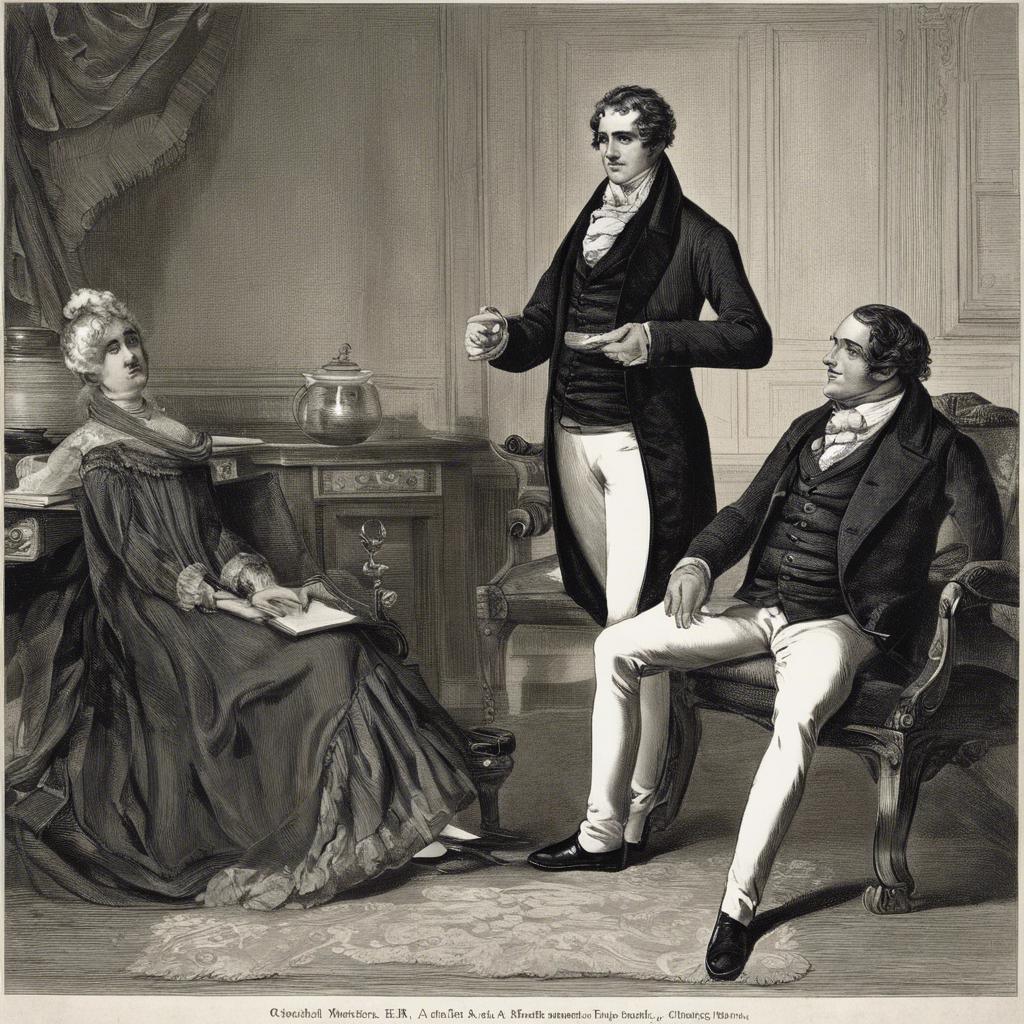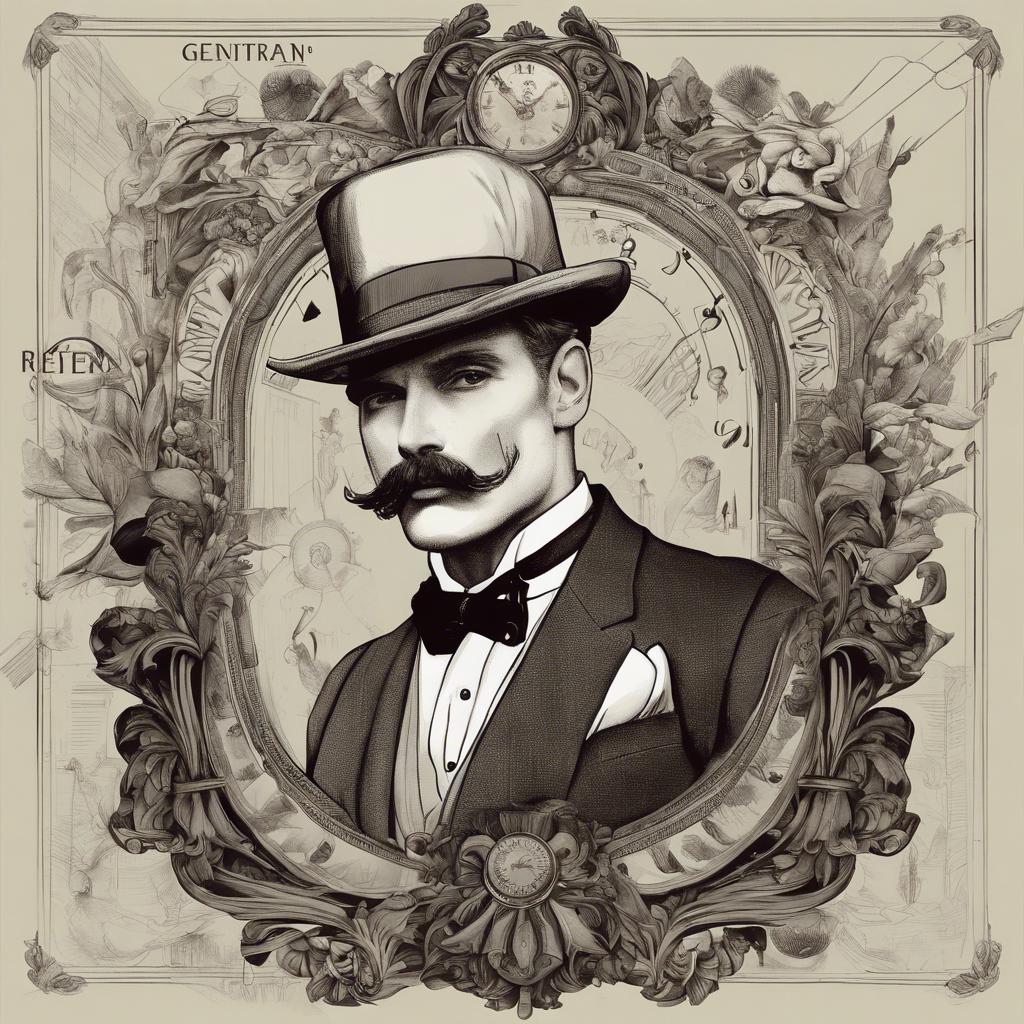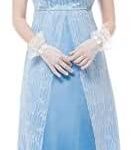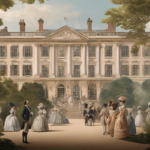In the refined society of Regency England, the gentleman stood as the epitome of grace, refinement, and sophistication. With strict codes of conduct and a focus on etiquette and refinement, the Regency-era gentleman presented a compelling figure of charm and poise. Delving into the intricacies of this esteemed societal role, this article explores the defining characteristics, attire, and pursuits of the gentleman during this elegant period of history. Step into the world of Regency England and discover the essence of true gentlemanliness.
Step Into the World of Cheryl Bolen
Dive into the enchanting stories of love, intrigue, and elegance set in the Regency Era. Cheryl Bolen's novels offer timeless romance and captivating tales that will leave you wanting more.
Explore Cheryl Bolen's Books Now
Social Etiquette and Manners of a Regency Era Gentleman
In the elegant world of the Regency era, a gentleman’s social etiquette and manners were of paramount importance. A true gentleman of this time period was expected to be well-versed in the rules of polite society and conduct himself with grace and dignity at all times.
Dress and Appearance: A Regency era gentleman took great care in his grooming and attire. He was always impeccably dressed in fashionable clothing, which included tailored suits, cravats, and regency era ball”>polished leather shoes. His hair was neatly styled, and his overall appearance was a reflection of his social standing and respect for others.
Conversation and Communication: Communication was an art form for a Regency era gentleman. He was expected to engage in polite and intelligent conversation, demonstrating wit and charm. When speaking to others, he used proper language and avoided rude or vulgar topics. Additionally, a gentleman was a good listener, showing interest in the thoughts and opinions of those around him.
Manners and Gestures: Manners were a crucial aspect of a gentleman’s behavior in the Regency era. He greeted others with a bow or a handshake, depending on the social context. A gentleman also knew how to conduct himself at social events, such as balls and dinners, showing courtesy and respect to all attendees. Gestures such as standing when a lady entered the room or offering his arm to a lady while walking were common practices for a Regency era gentleman.
| Aspect | Importance |
|---|---|
| Dress and Appearance | High |
| Conversation and Communication | Medium |
| Manners and Gestures | High |
Fashion and Dressing Guidelines for the Sophisticated Gentleman
In the Regency era, a gentleman was expected to dress with impeccable style and sophistication. The key to achieving the look of a true Regency gentleman is to pay attention to every detail, from the cut of your coat to the shine of your shoes.
When it comes to formal attire, opt for a tailored coat with a high collar and long tails, paired with crisp white shirts and waistcoats. Trousers should be well-fitted and preferably made of fine wool or silk. Accessorize with a top hat, gloves, and a pocket square to complete your ensemble.
For more casual occasions, a gentleman in the Regency era would wear a tailored jacket with matching trousers, paired with a cravat or neckcloth. It’s important to choose fabrics that are of high quality and in muted colors such as navy, black, grey, or cream. Remember, the key to dressing like a Regency gentleman is to exude elegance and refinement in every aspect of your attire.
Education and Cultured Pursuits for the Modern Regency Gentleman
In the Regency era, a gentleman’s education and cultured pursuits were of utmost importance. A well-rounded gentleman was expected to be knowledgeable in a variety of subjects, from literature and philosophy to art and music. It was believed that a cultivated mind was essential for success in society and in personal relationships.
Being well-read was a mark of distinction for a Regency gentleman. Reading classic works of literature, such as those by Jane Austen and Lord Byron, was not only enjoyable but also a way to expand one’s knowledge and understanding of the world. Additionally, attending lectures and discussions on various topics was a common pastime for educated gentlemen of the time.
In addition to intellectual pursuits, a Regency gentleman also engaged in cultural activities such as attending the opera, visiting art galleries, and participating in elegant social gatherings. Appreciating the finer things in life, such as fine art and music, was seen as a sign of refinement and sophistication. By immersing oneself in the arts and culture of the time, a gentleman could distinguish himself as a true connoisseur.
Personal Grooming and Hygiene Standards for the Distinguished Gentleman of the Regency Era
During the Regency Era, gentlemanly grooming and hygiene standards were of utmost importance, reflecting a man’s social standing and respectability. A distinguished gentleman of this era was expected to uphold a certain level of personal care and presentation, adhering to societal norms and expectations.
Proper grooming for a Regency Era gentleman included meticulous attention to detail in his attire, hair, and overall appearance. Clothes were to be well-tailored and clean, with an emphasis on understated elegance and sophistication. **Hairstyles** were to be neat and well-styled, often incorporating pomade or oils for a polished look.
Hygiene practices were also crucial for maintaining a gentlemanly image. **Daily bathing** with the use of luxurious soaps and perfumed waters was common, as well as regular shaving to maintain a clean-shaven look. **Oral hygiene** was not overlooked, with gentlemen using tooth powders and mouthwashes to ensure fresh breath and clean teeth.
Concluding Remarks
the Regency era gentleman embodied a unique blend of refinement, sophistication, and honor. From their impeccable manners to their elegant style, they set the standard for gentlemanly conduct during this transformative period in history. As we reflect on the legacy of these distinguished men, let us strive to emulate their virtues and values in our own lives, ensuring that the spirit of the Regency era gentleman endures for generations to come.


